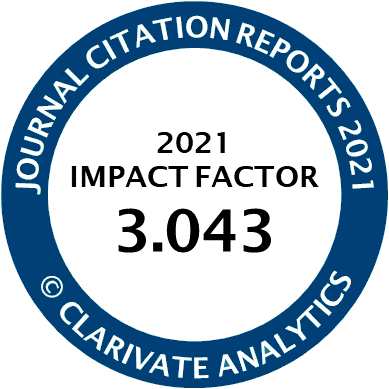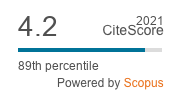Commentary | Open Access
Using Comics as a Media Literacy Tool for Marginalised Groups: The Case of Athens Comics Library
| Views: | 537 | | | Downloads: | 237 |
Abstract: Comics and graphic novels not only have the power to narrate the stories of superheroes, but they also have the superpower to transfer knowledge. Using pictures and images is a great means to overcome cultural or language barriers and, at the same time, cultivate critical thinking, creativity, and empathy. Among their superpowers is also the ability to teach media literacy. Comics are a visual medium and people tend to react better to visual communication than verbal. Discussing multimodal literacy, we can claim that comics can become an efficient media literacy tool, especially for children, and with a special focus on diversity. In an era where misinformation/disinformation and fake news are all around us, marginalised groups, such as refugee populations, are more vulnerable. At the same time, Covid-19 brought upon us not only an infodemic but also digital inequalities, as several communities are excluded by the digital transformation. In this commentary article, we will present and discuss examples of how Athens Comics Library is using comics in order to provide a more inclusive media literacy education to refugee populations highlighting the correspondence between comics storytelling and media literacy abilities.
Keywords: comics; diversity; media literacy; participatory culture; refugees; storytelling; visual literacy
Published:
© Lida Tsene. This is an open access article distributed under the terms of the Creative Commons Attribution 4.0 license (http://creativecommons.org/licenses/by/4.0), which permits any use, distribution, and reproduction of the work without further permission provided the original author(s) and source are credited.



